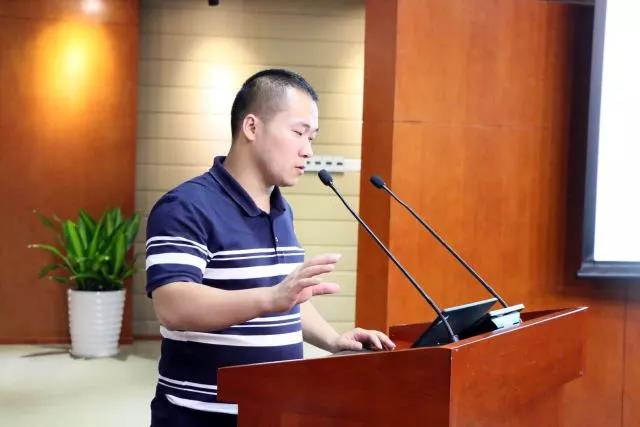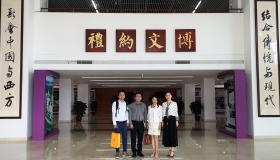10 Lectures for a Fresh Undergraduate @HSS Lecture 10: Bringing Human into the Loop: Interactive Machine Translation?
Dr. Huang Guoping,first reviewed the history of machine translation. From IBM George Town Experiment in 1954 to the latest neural network framework, machine translation has been advancing with our time. He then introduced two prevailing machine translation methods, Statistical Machine Translation (SMT) and Neural Network Machine Translation (NMT). SMT translation is loyal to semantic meanings of the original text but at the expense of grammar. NMT usually delivers fluent and grammatically-correct sentences, but deviates from the original information.

Therefore, humans need to correct mistakes and post-edit the text. As a result, work load for human proofreaders is often quite heavy. Besides, problems in terminology recognition may make things worse. Scientists have been exploring ways to cope with these problems and Dr. Huang introduced three of them, machine translation based input method for translators, extracting term translation knowledge from monolingual and bilingual corpus and random forests based online learning for Statistical Machine Translation.

Though great progress has been made on the above three methodologies, we are still quite far from having automatic translation with high quality. The ambiguity of language and hidden meanings make translation much harder than most people expect. Dr. Huang illustrated it with vivid examples like 20 plus ways to express “we do chicken right” in Chinese. Students were very impressed by his innovative ideas and his humor and kept asking questions. Dr. Huang’s lecture brings a successful conclusion to the series of “10 Lectures for a Fresh Undergraduate@HSS”. We hope students can benefit from the lectures and embark on a brand-new journey of college life.





